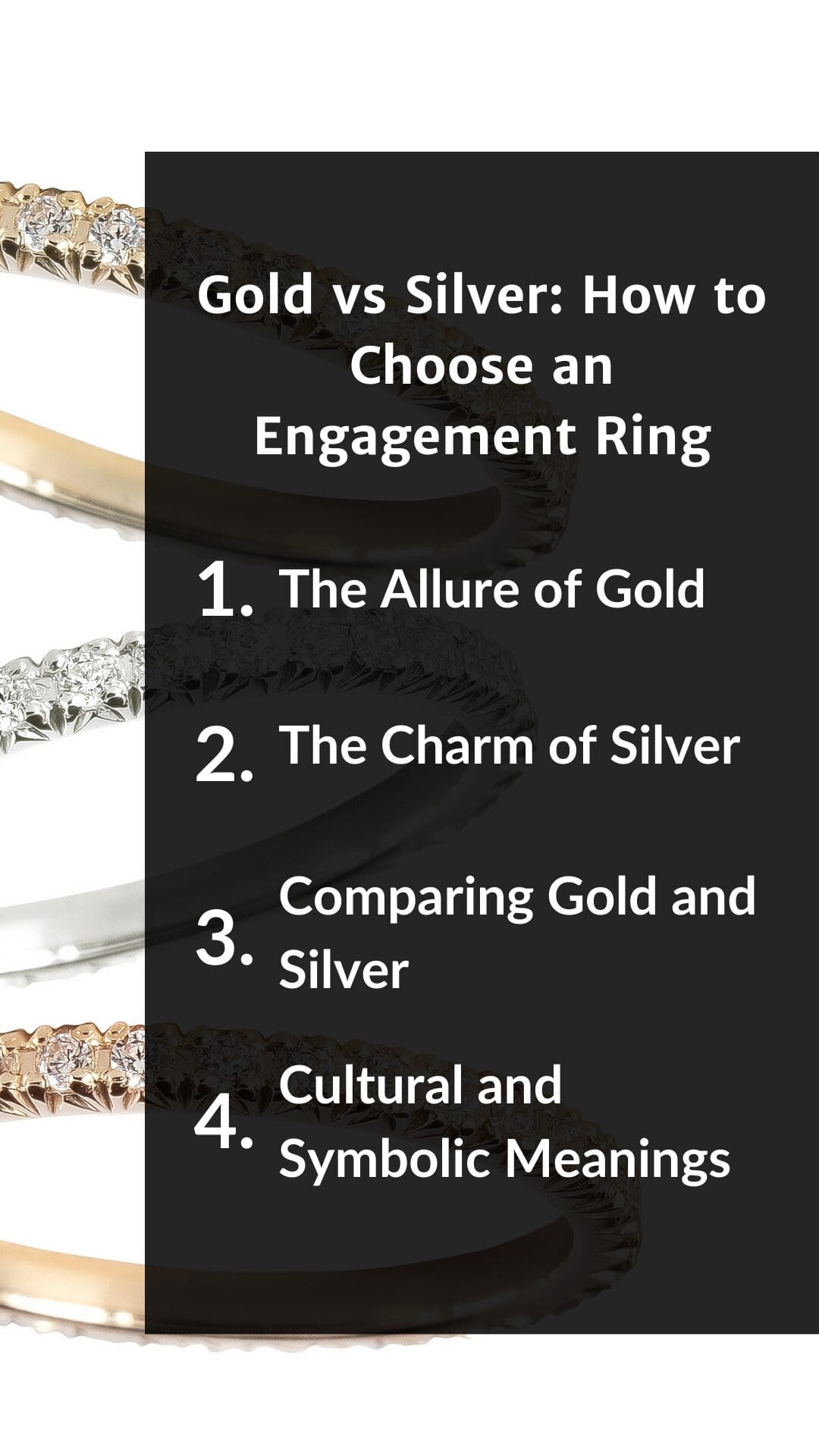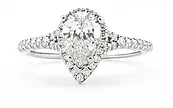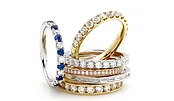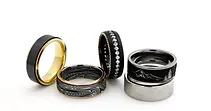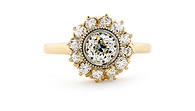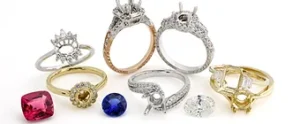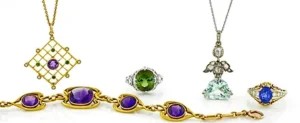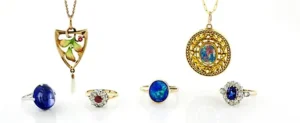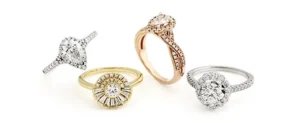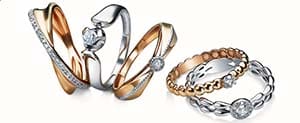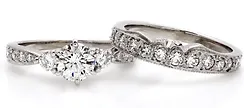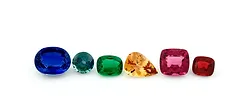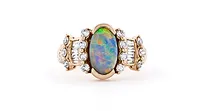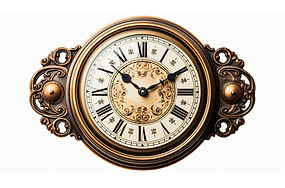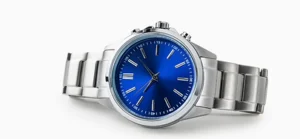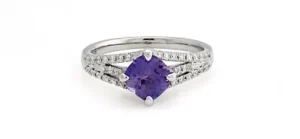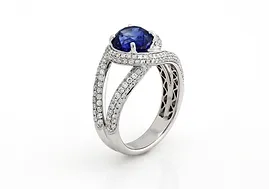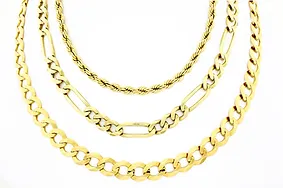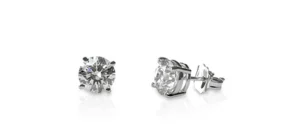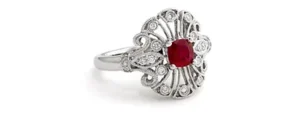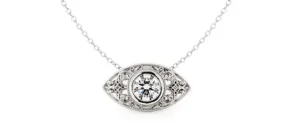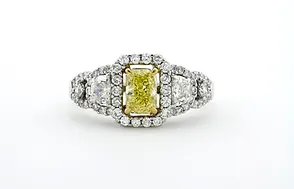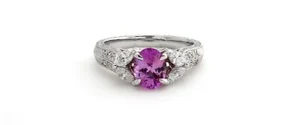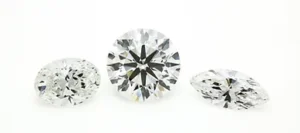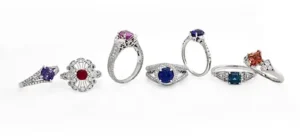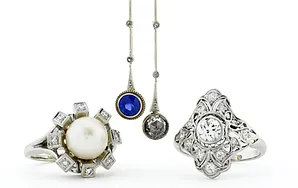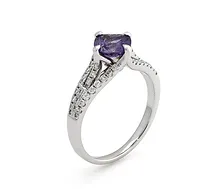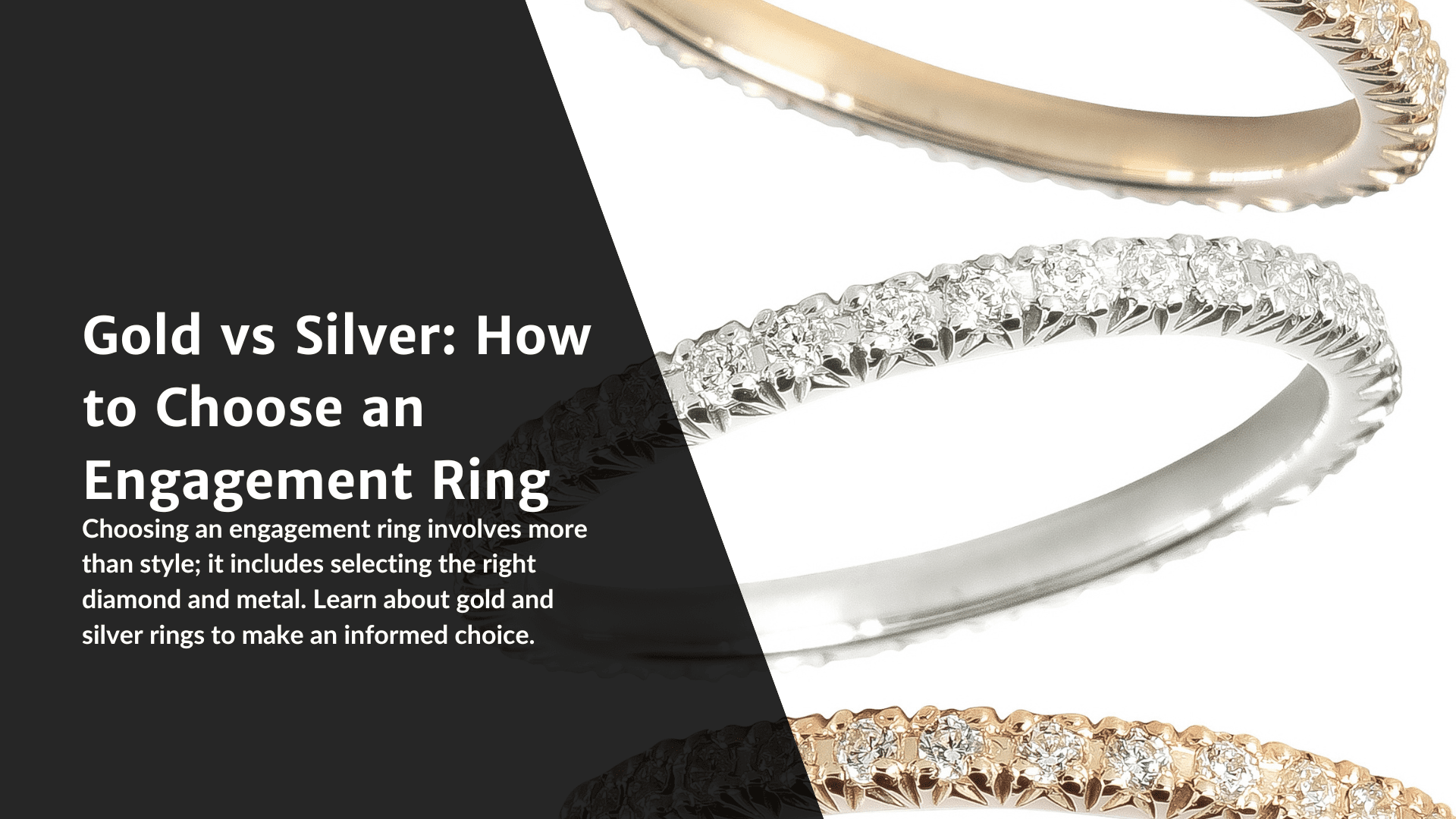Choosing an engagement ring is a significant decision that involves numerous factors, from selecting the ideal diamond to picking the metal for the band. One of the most common dilemmas couples face is deciding between a gold or silver engagement ring. Each metal has its unique characteristics, meanings, and traditions, which can influence your choice. By understanding the differences between gold and silver, you can make an informed decision that reflects your style and fits your budget. In today’s article, we will explore these aspects and guide you in making the best choice for your engagement ring.
The Allure of Gold
For centuries, gold has been a symbol of wealth, power, and beauty. It is a traditional choice for engagement rings and comes in several variations, each with its unique properties and appeal.
Types of Gold
- Yellow Gold: The classic choice, known for its rich, warm hue. It’s typically mixed with metals like copper and zinc to enhance durability.
- White Gold: A modern favorite, white gold is alloyed with metals such as palladium or nickel and often plated with rhodium for a bright, silvery finish.
- Rose Gold: Increasingly popular for its romantic, pinkish color, rose gold gets its hue from a higher copper content.
Pros of Gold Engagement Rings
- Durability: Gold is a durable metal, especially in higher karat forms. 14k and 18k gold are commonly used in engagement rings for their balance of durability and purity.
- Timeless Appeal: Gold never goes out of style and is always in demand, making it a classic choice.
- Variety: The different types of gold allow for a range of aesthetic choices, from the traditional to the trendy.
Cons of Gold Engagement Rings
- Cost: Gold is generally more expensive than silver, especially in higher purities.
- Maintenance: White gold requires periodic re-plating to maintain its rhodium finish, and all gold can scratch or dent over time.
The Charm of Silver
Silver is another popular choice for engagement rings, known for its sleek and modern look. It has its own set of advantages and considerations.
Types of Silver
- Sterling Silver: The most common type of silver used in jewelry, sterling silver is an alloy containing 92.5% silver and 7.5% other metals, usually copper, for added strength.
- Fine Silver: Comprising 99.9% silver, fine silver is softer and less commonly used in engagement rings due to its lower durability.
Pros of Silver Engagement Rings
- Affordability: Silver is generally less expensive than gold, making it an attractive option for those on a budget.
- Shine: Silver has a bright, shiny appearance that can enhance the brilliance of diamonds and other gemstones.
- Versatility: Silver’s neutral tone complements a wide range of styles and gemstones, making it a versatile choice.
Cons of Silver Engagement Rings
- Durability: Silver is softer than gold and more prone to scratches and tarnishing.
- Maintenance: Silver requires regular polishing to maintain its shine and prevent tarnish.
Comparing Gold and Silver Engagement Rings
When deciding between a gold or silver engagement ring, consider the following factors:
Skin Tone Compatibility
- Gold: Yellow and rose gold are typically warmer tones that complement darker and warmer skin tones.
- Silver: White gold and silver, with their cooler tones, often look better on lighter and cooler skin tones.
Lifestyle and Wear
- Gold: More durable and better suited for daily wear, particularly for those with active lifestyles. White gold’s rhodium plating provides extra protection.
- Silver: Better for occasional wear or for those who are gentle with their jewelry due to its softness and tendency to tarnish.
Personal Style
- Gold: Offers a traditional and luxurious look. Rose gold provides a modern, romantic alternative.
- Silver: Provides a sleek, contemporary appearance that can be very versatile in modern jewelry designs.
Budget Considerations
- Gold: Higher initial cost but retains value well over time.
- Silver: Lower cost, making it accessible, but may not hold value as well as gold.
Cultural and Symbolic Meanings
Gold and silver have different cultural and symbolic meanings that can influence your choice.
Gold
- Symbolism: Gold is often associated with wealth, success, and timeless love. It has been used in royal and religious artifacts for centuries.
- Tradition: In many cultures, gold is the traditional choice for engagement and wedding rings, symbolizing lasting commitment and prosperity.
Silver
- Symbolism: Silver is often associated with purity, clarity, and modernity. It is considered a metal of the moon, representing reflection and introspection.
- Tradition: While not as traditional as gold, silver has gained popularity in contemporary engagement rings, especially among those who prefer a modern look.
Practical Tips for Choosing Between Gold and Silver
Here are some practical tips to help you decide between a gold or silver engagement ring:
- Consider Allergies: Some people may have allergies to metals used in gold or silver alloys, such as nickel. White gold often contains nickel, so if you have a nickel allergy, consider hypoallergenic options like platinum or palladium.
- Think About Longevity: If you want an engagement ring that will last a lifetime with minimal maintenance, gold might be a better choice due to its durability.
- Match with Existing Jewelry: Consider the type of jewelry you or your partner typically wear. If most of the jewelry is silver or white gold, a silver or white gold engagement ring might be more compatible.
Find the Perfect Metal for Your Engagement Ring
Ultimately, choosing between a gold or silver engagement ring depends on various factors, including budget, personal style, and lifestyle. Both metals have their unique advantages and can beautifully symbolize your love and commitment. Whether you opt for the classic allure of gold or the modern charm of silver, understanding these differences will help you make an informed decision.
Ready to decide between a gold or silver engagement ring? Explore our collection at FWC Jewelers to find the perfect ring that matches your style and budget. Whether you choose the timeless elegance of gold or the contemporary allure of silver, make your engagement truly special with a ring that reflects your love and commitment. Discover your ideal engagement ring today and start your journey towards a lifetime of happiness.
FAQs: Gold or Silver Engagement Ring
Do I want a gold or silver engagement ring?
How do I choose a gold or silver ring?
Is 18k or 14k gold better for an engagement ring?
Why is silver not used for engagement rings?
